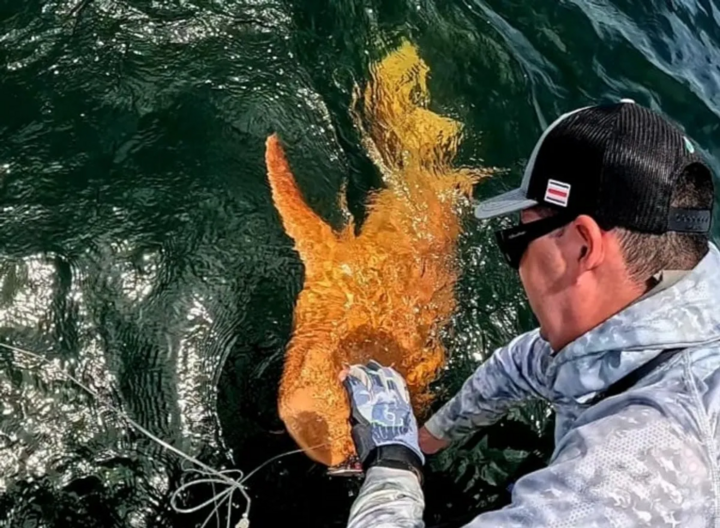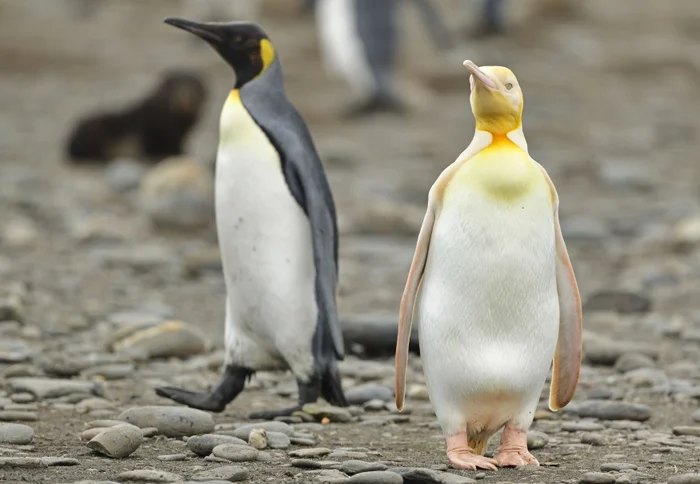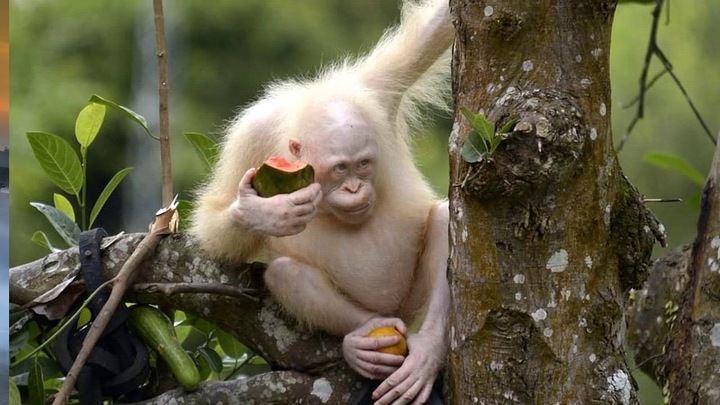An unusually bright orange nurse shark (Ginglymostoma cirratum) has been spotted off the coast of Costa Rica, near Tortuguero National Park. This is the first documented case of “xanthism” in the species and in the Caribbean.

Photo of an orange shark. (Source: Garvín Watson)
Xanthism is a rare genetic condition that causes an animal's skin, fur or hair to appear yellow-orange instead of its normal color. It is similar to albinism or melanism, but it makes the individual stand out, making them more visible to predators.
The shark, which was about 2 metres long, was caught at a depth of 37 metres and later released. It had white eyes with no visible iris, suggesting a possible case of “albino-xanthism” – a combination of albinism and xanthism.
While the striking coloration might be detrimental in the wild, this individual reached adult size, suggesting it survived well. The researchers also hypothesize that in addition to genetics, factors such as inbreeding, environmental stress, high temperatures, and hormonal imbalances may influence skin pigmentation.

Yellow king penguin Aptenodytes patagonicus discovered. (Source: Yves Adams)
In nature, there are many cases of animals possessing unusual colors due to genetic mutations, the environment or special biological factors.
In Antarctica, a king penguin was once recorded as being yellow instead of black and white. This change comes from a lack of melanin and an increase in pheomelanin, creating a distinct appearance among traditional birds.
Snowflake, who lived at the Barcelona Zoo, is a rare case of complete albinism in a gorilla. With her pure white fur, pink eyes, and light-sensitive skin, Snowflake is not only a symbol of uniqueness, but also a testament to the genetic diversity in the wild.

Alba - the world's first albino orangutan, living in Indonesia. (Source: Getty Images)
In Indonesia, Alba was discovered with white fur and bright eyes, becoming the only albino orangutan ever recorded. Alba's appearance attracted global attention and spurred conservation efforts for the rare animal in the region.
Some parrots can have two different colors split in half, a phenomenon called chimerism – when two embryos fuse into one individual. Halfsider parrots are both a genetic mystery and a living natural masterpiece.
Source: https://vtcnews.vn/ca-map-y-ta-mau-cam-ruc-ro-lan-dau-tien-duoc-ghi-nhan-ar960855.html























![[Photo] An Phu intersection project connecting Ho Chi Minh City-Long Thanh-Dau Giay expressway behind schedule](https://vstatic.vietnam.vn/vietnam/resource/IMAGE/2025/8/21/1ad80e9dd8944150bb72e6c49ecc7e08)







































![[Photo] Politburo works with the Standing Committee of Hanoi Party Committee and Ho Chi Minh City Party Committee](https://vstatic.vietnam.vn/vietnam/resource/IMAGE/2025/8/21/4f3460337a6045e7847d50d38704355d)

































Comment (0)